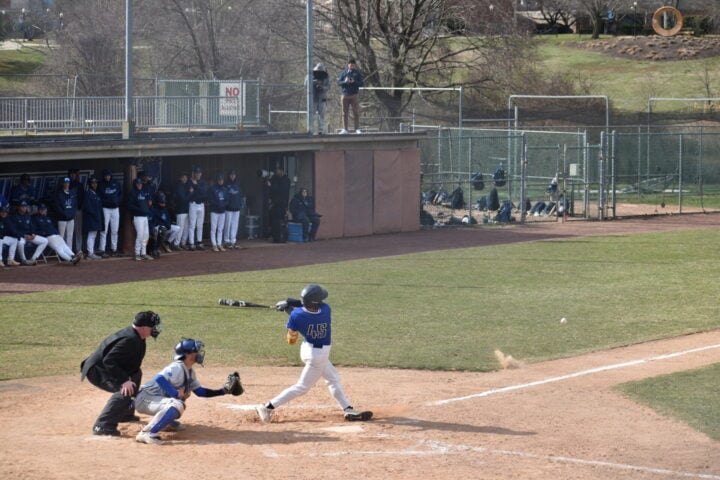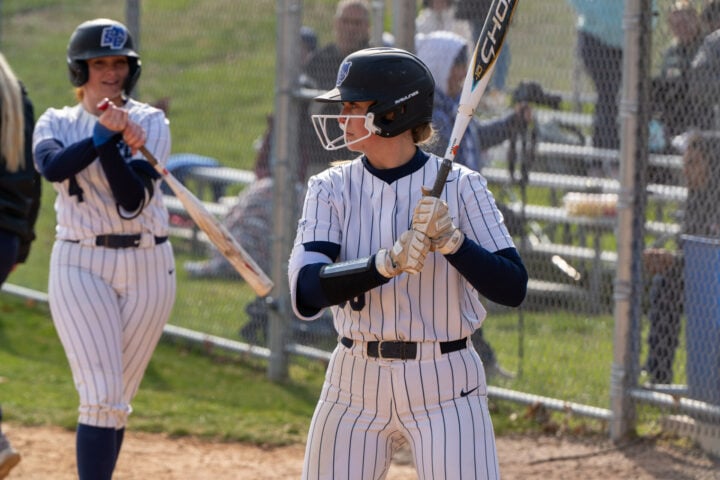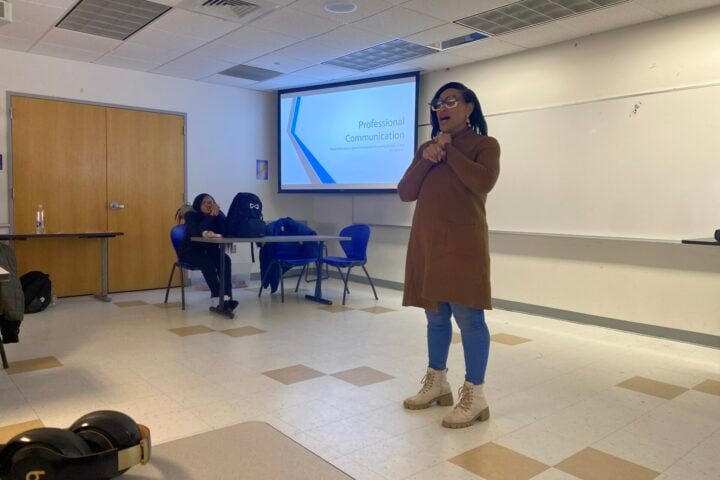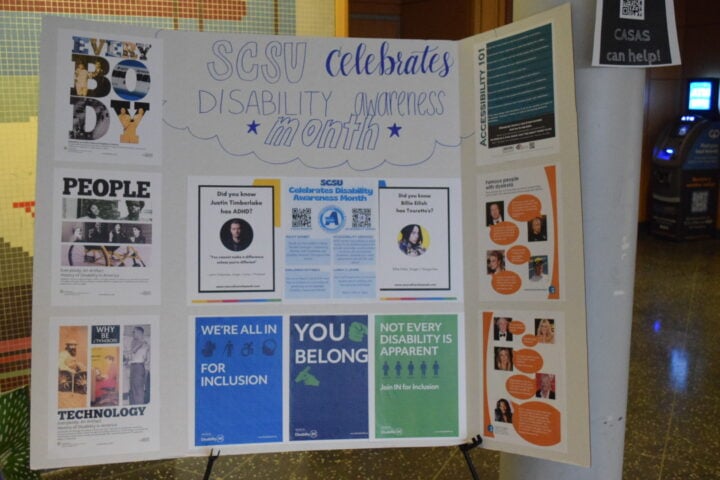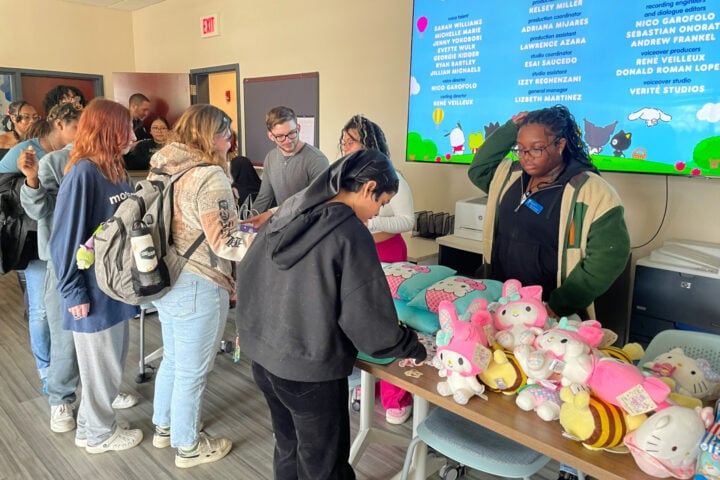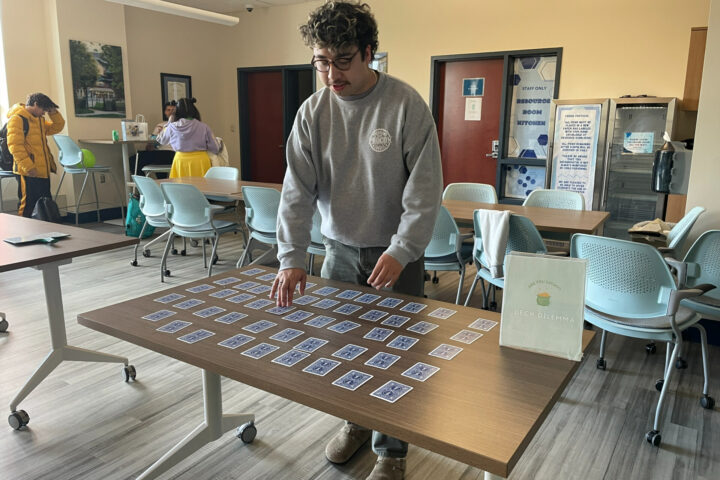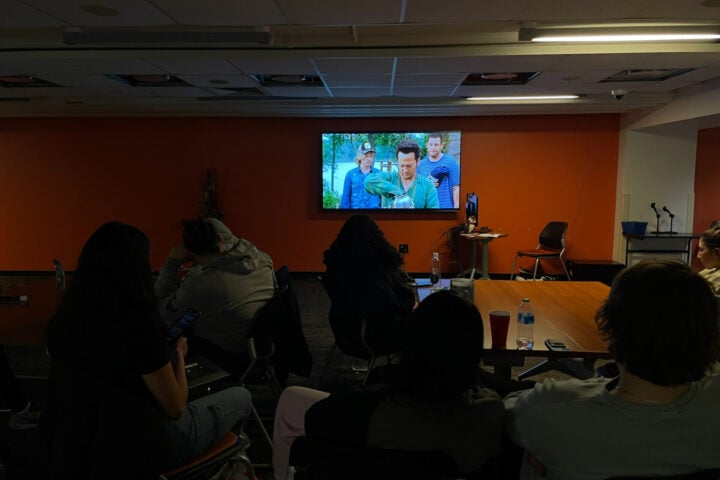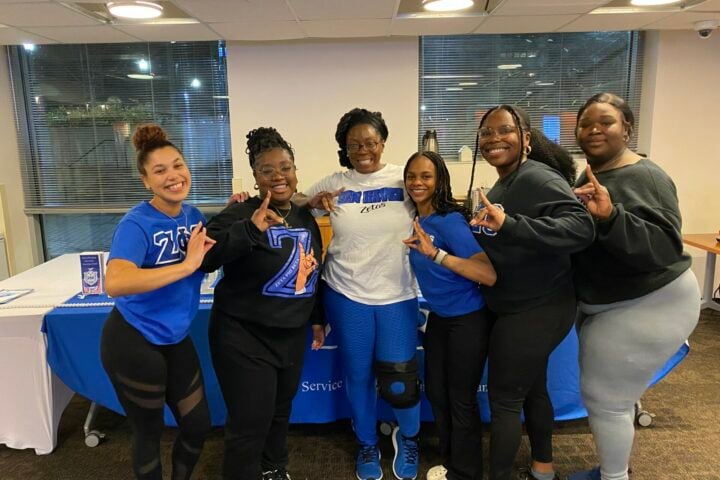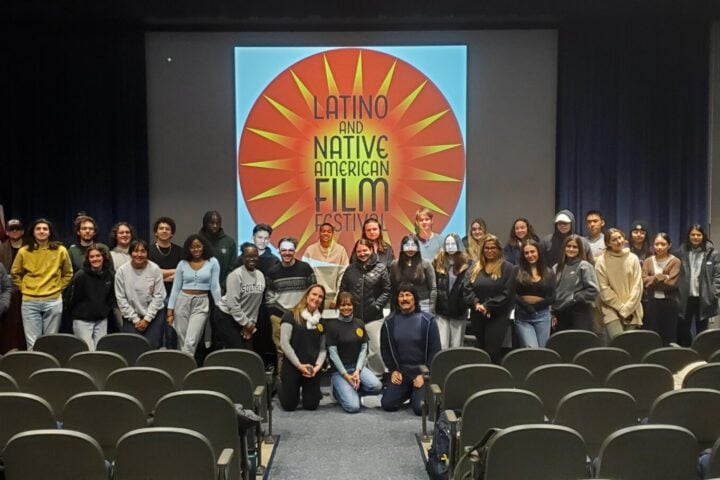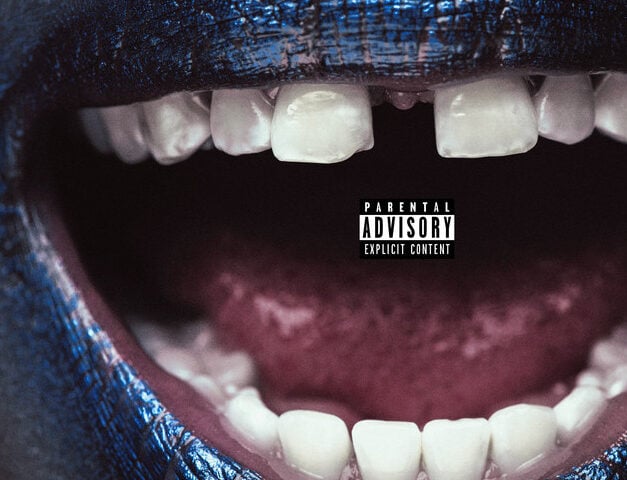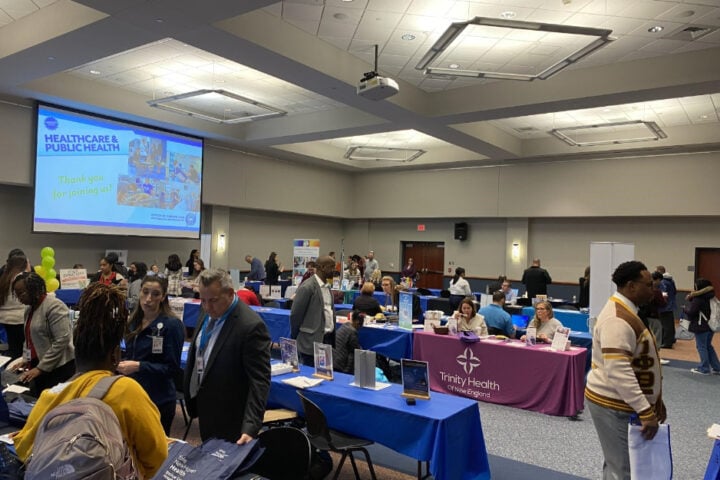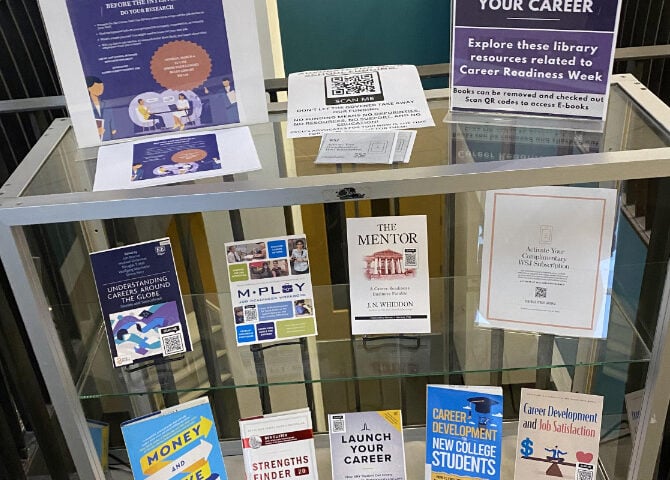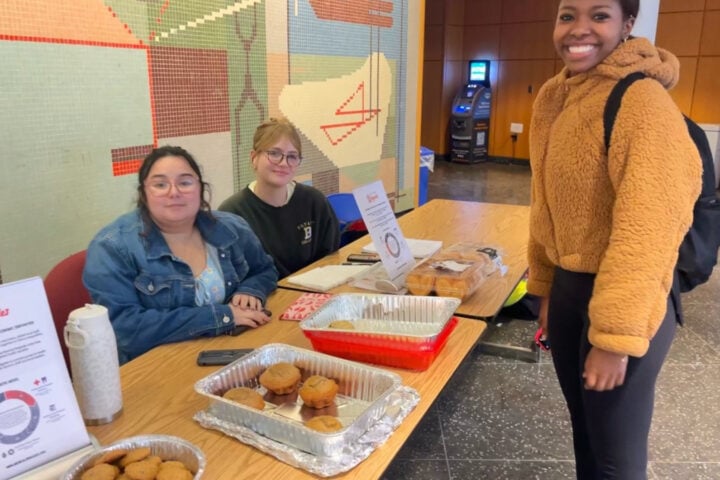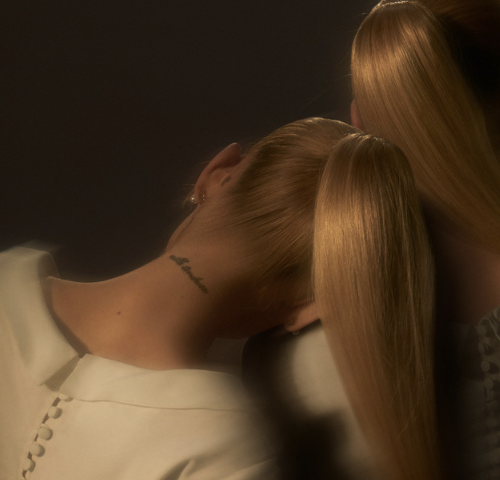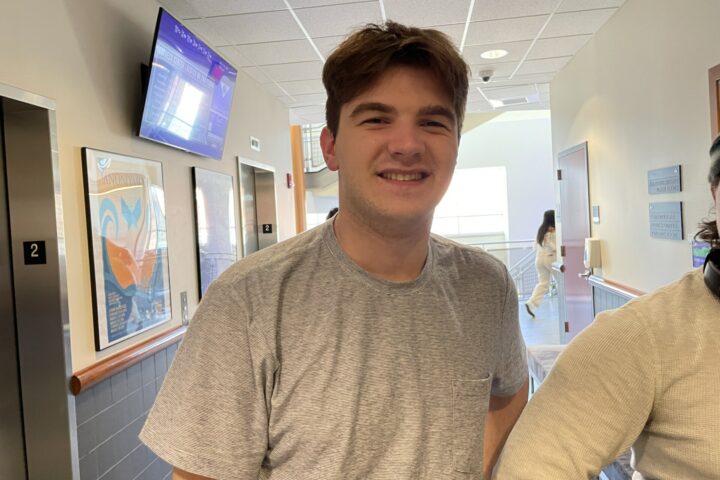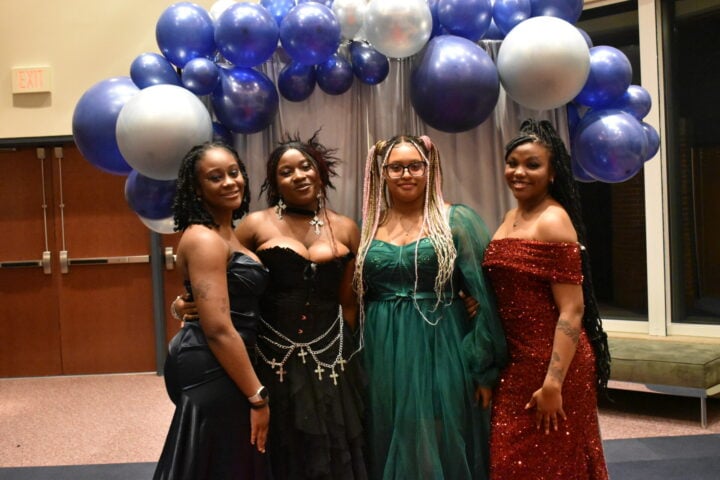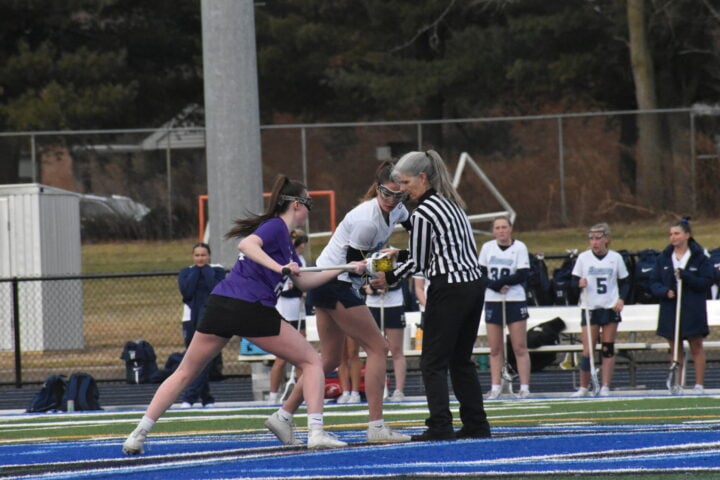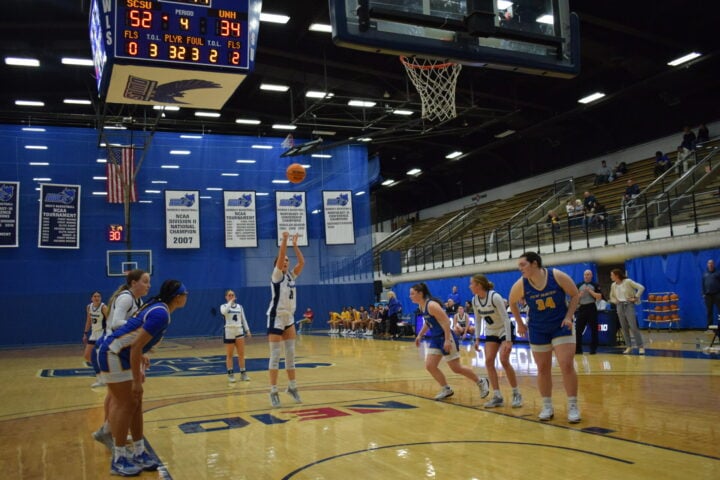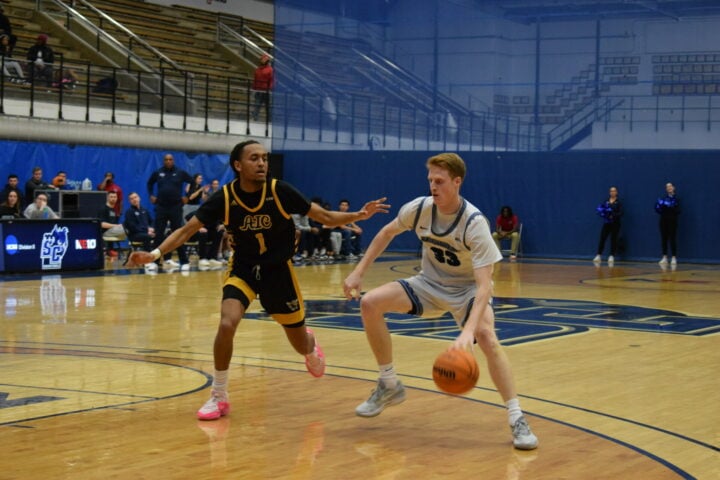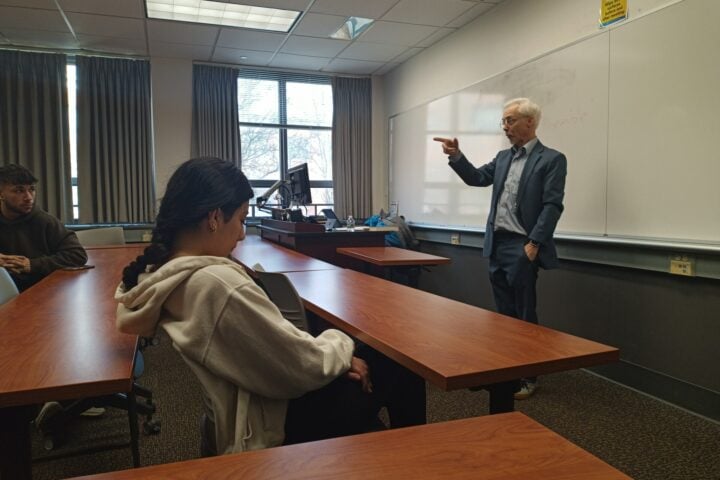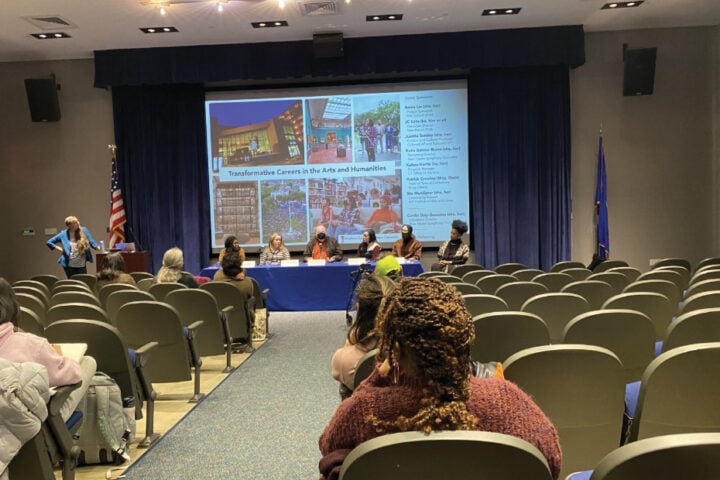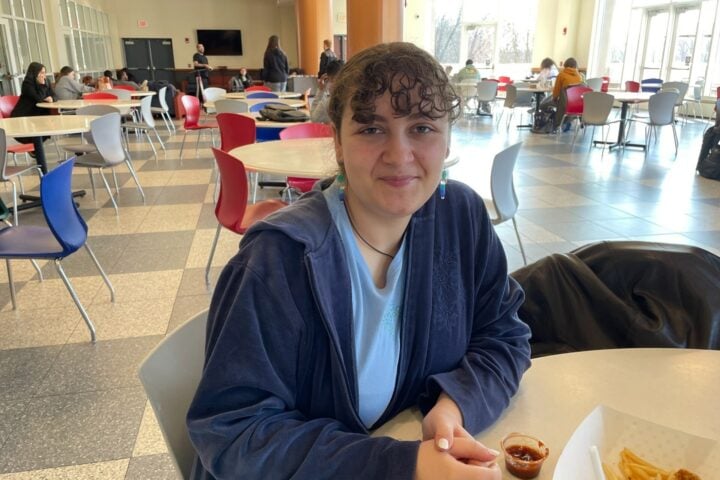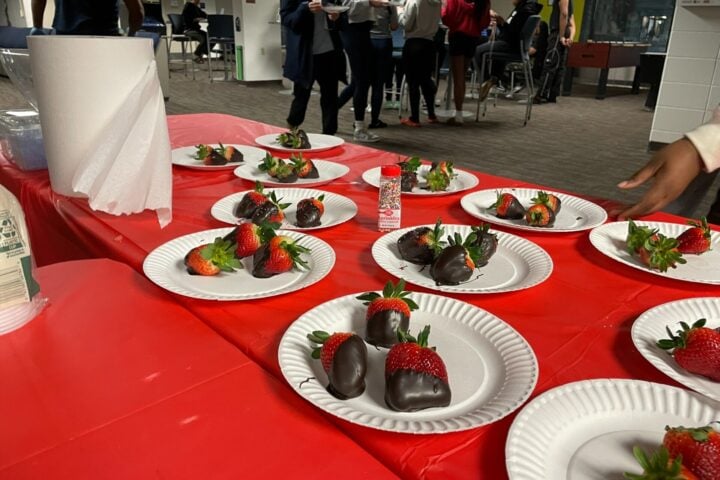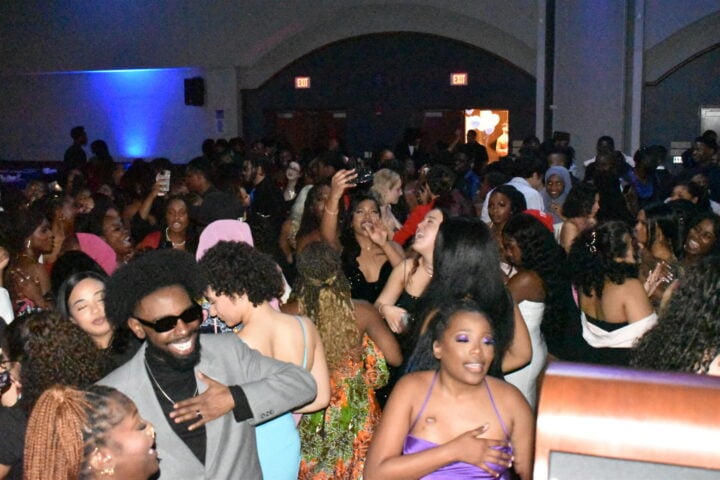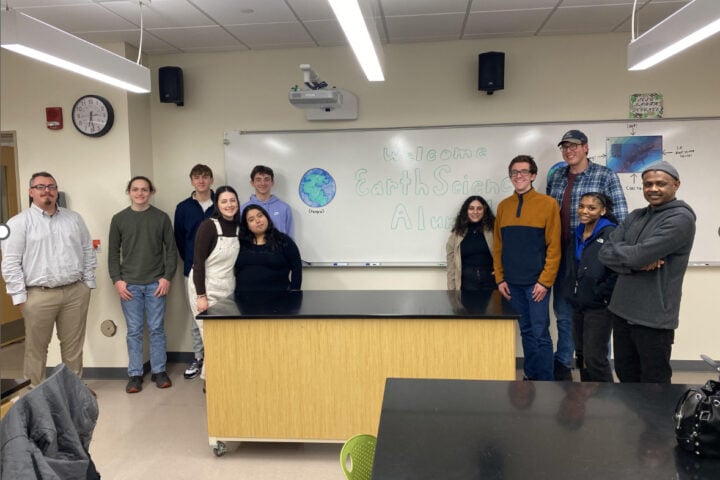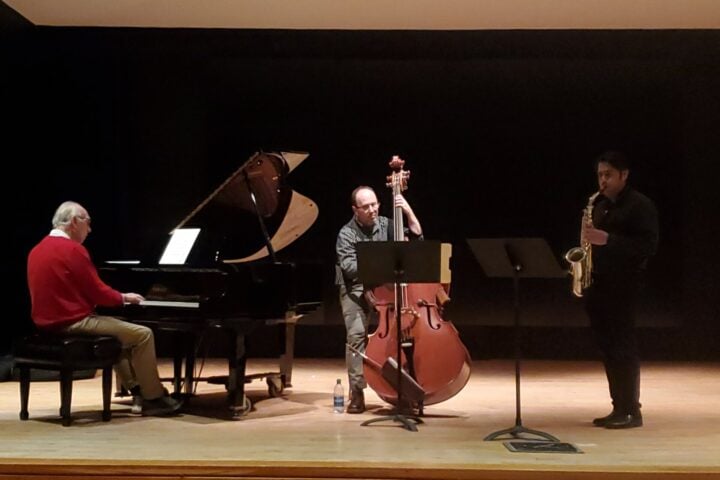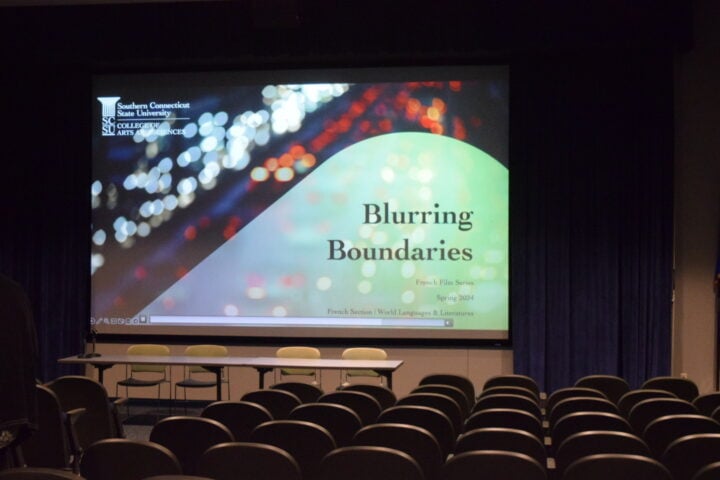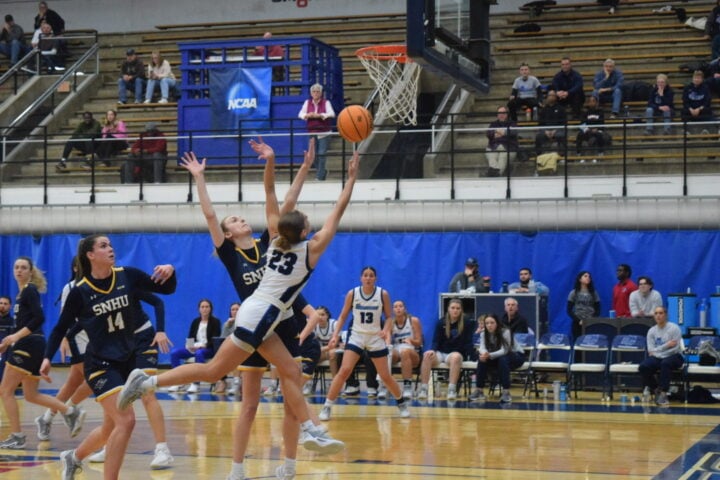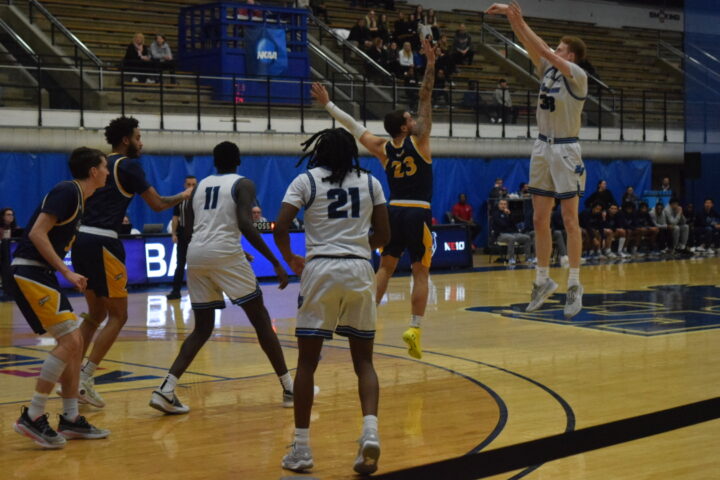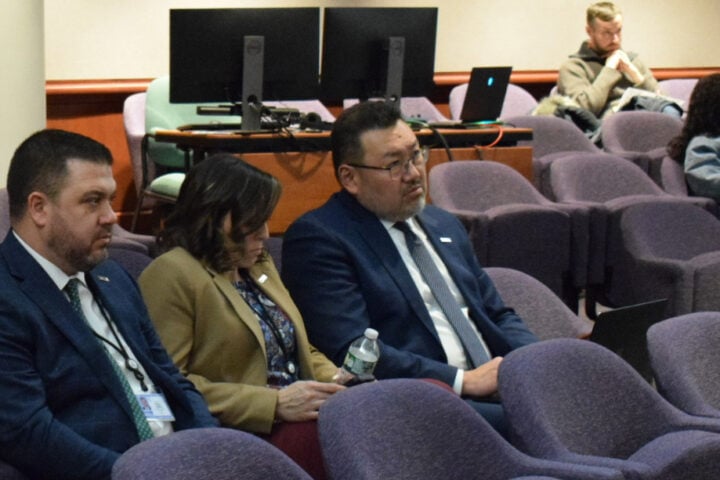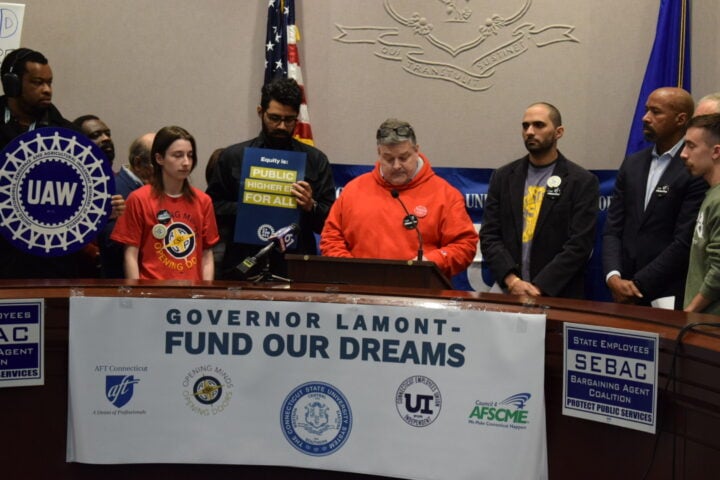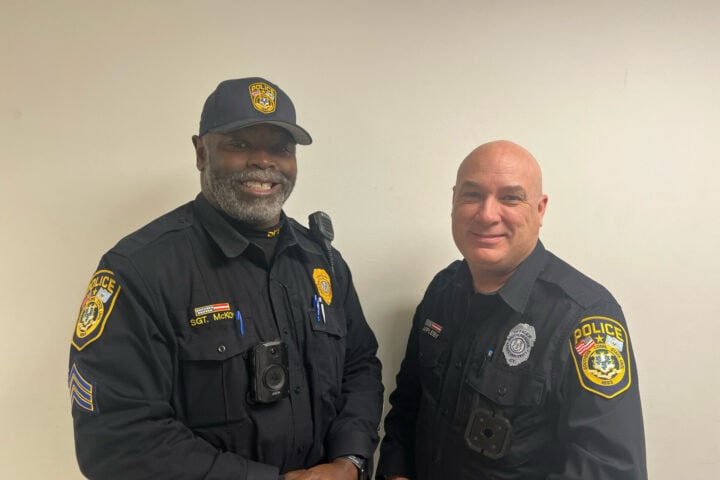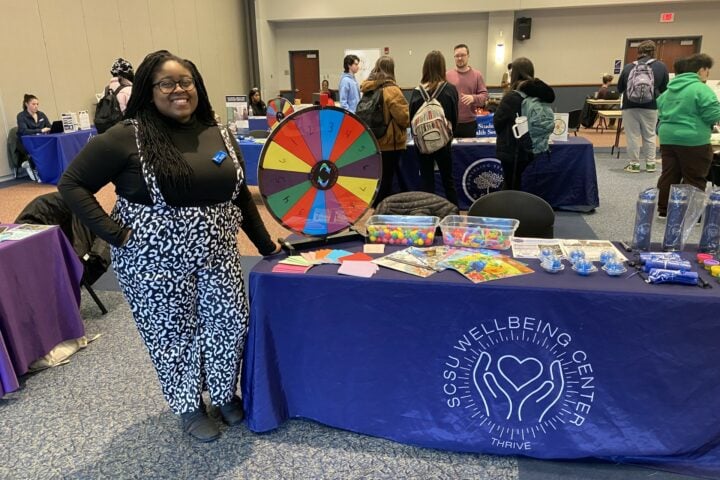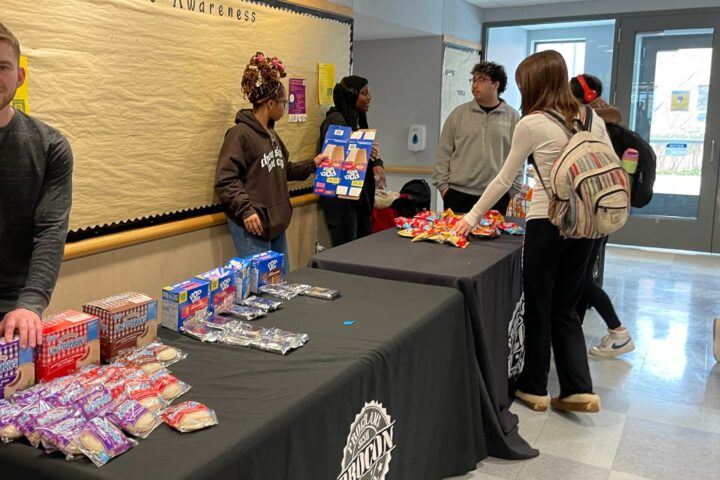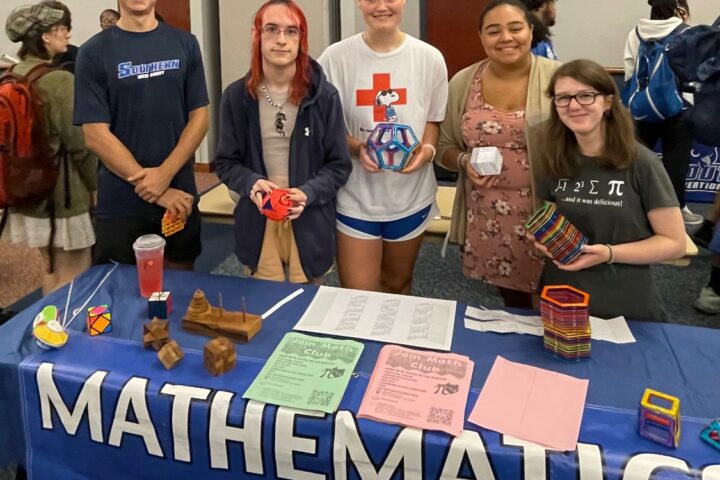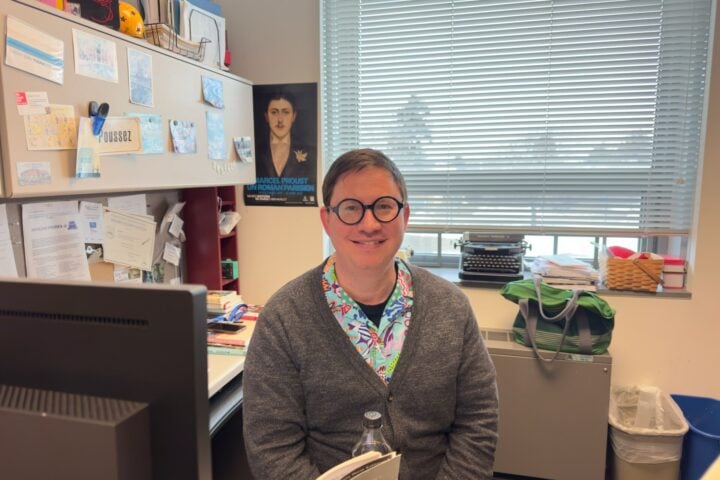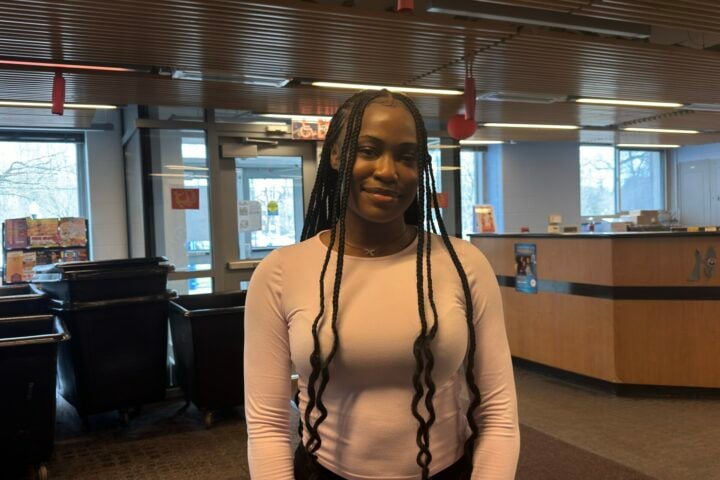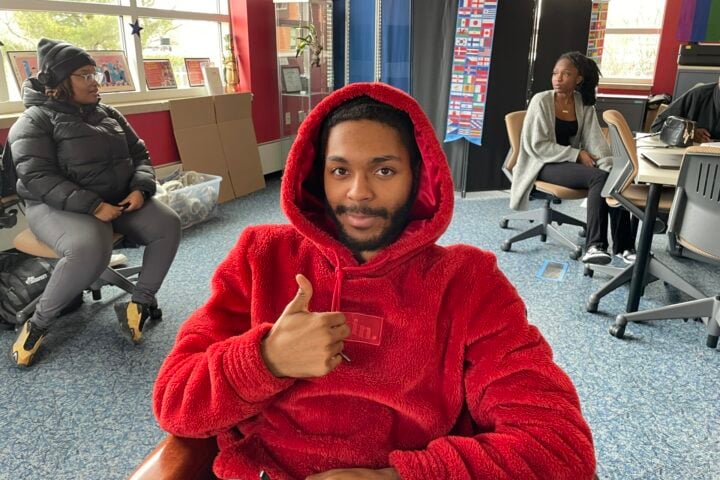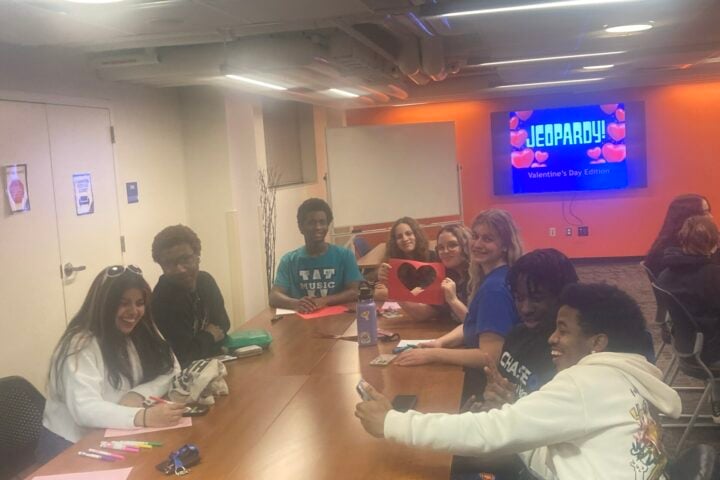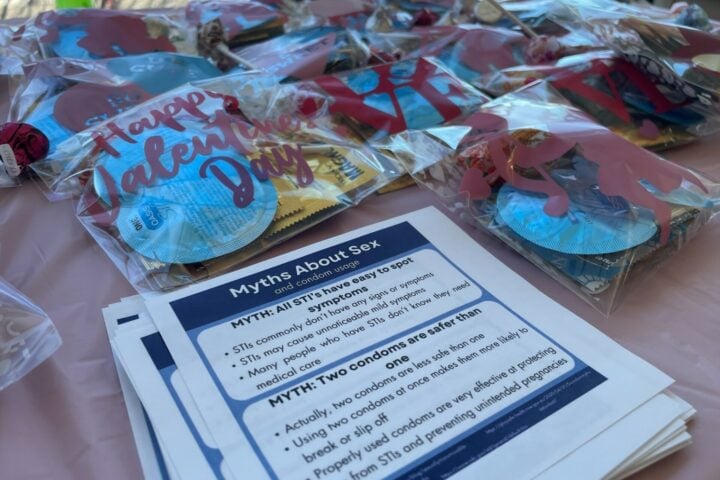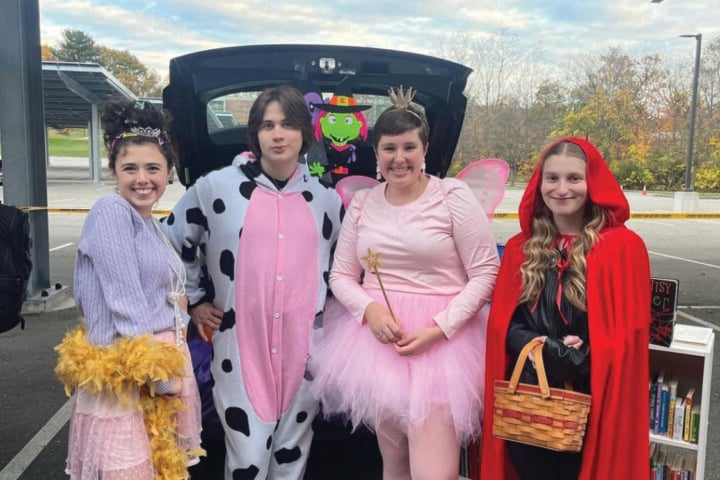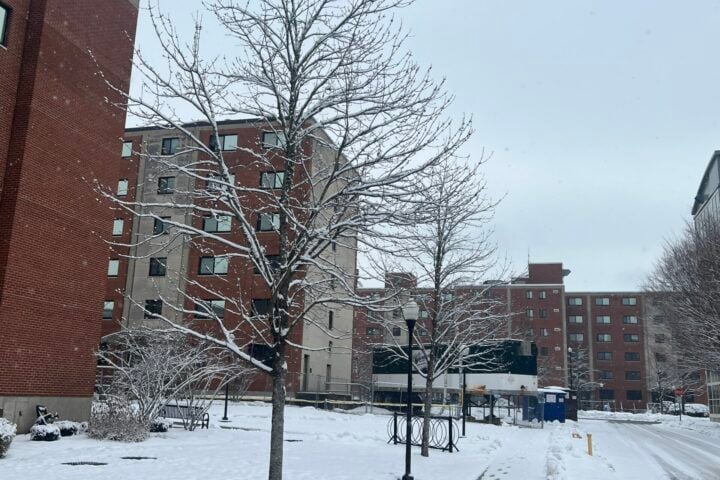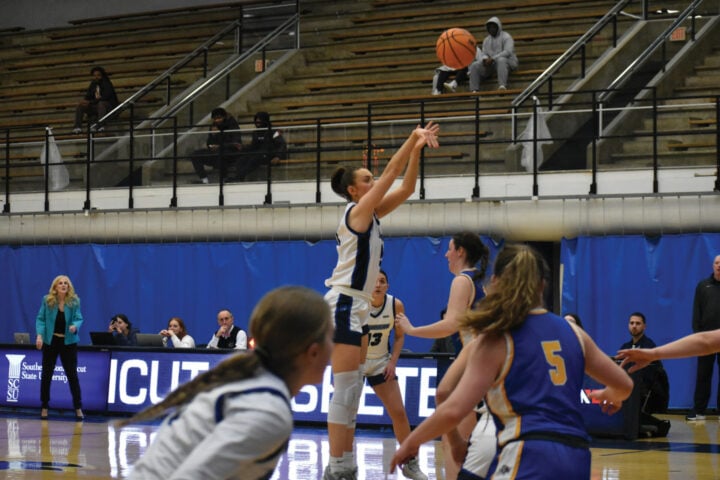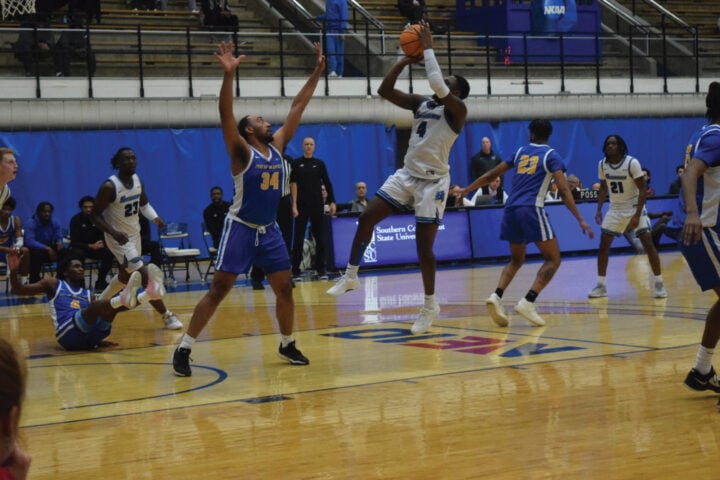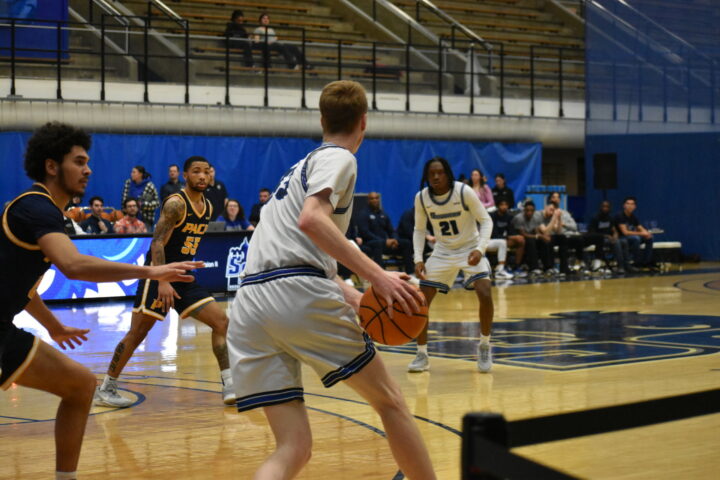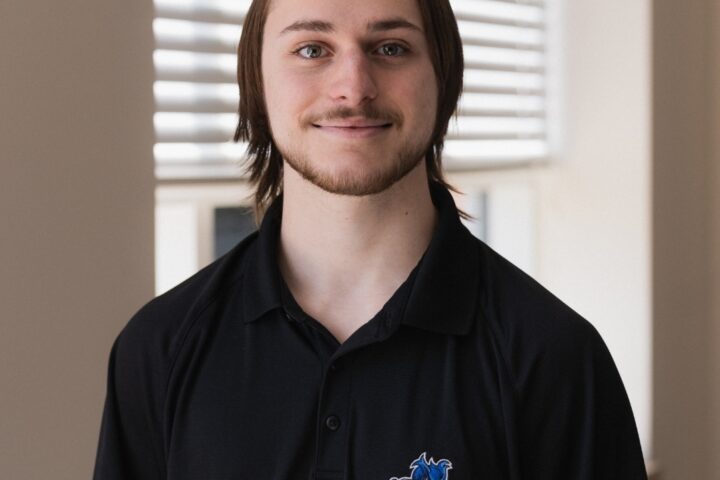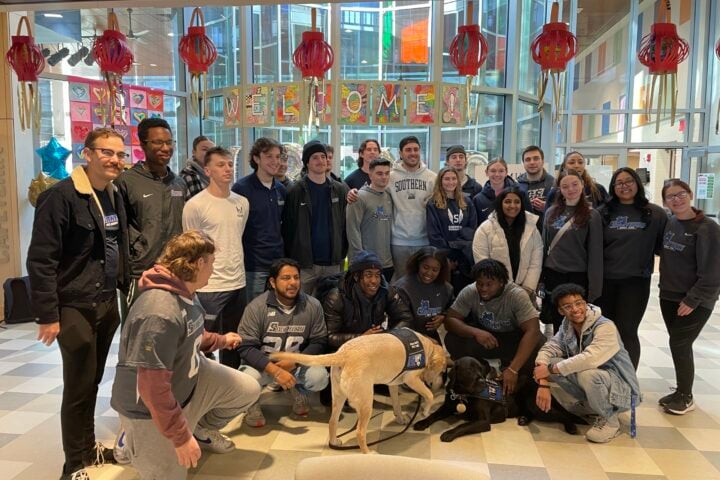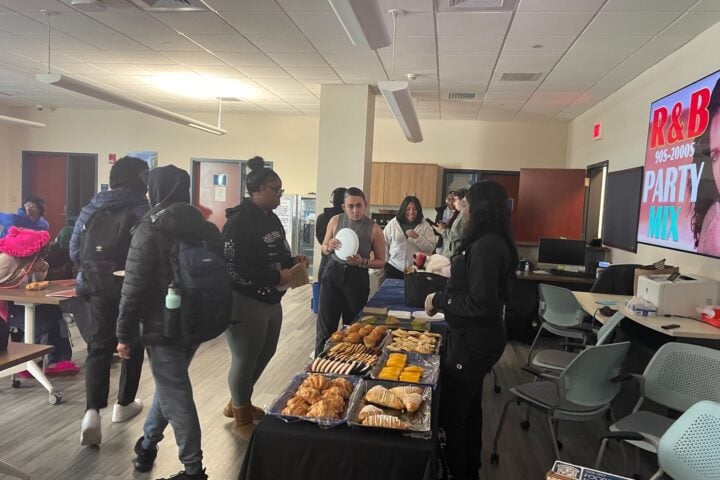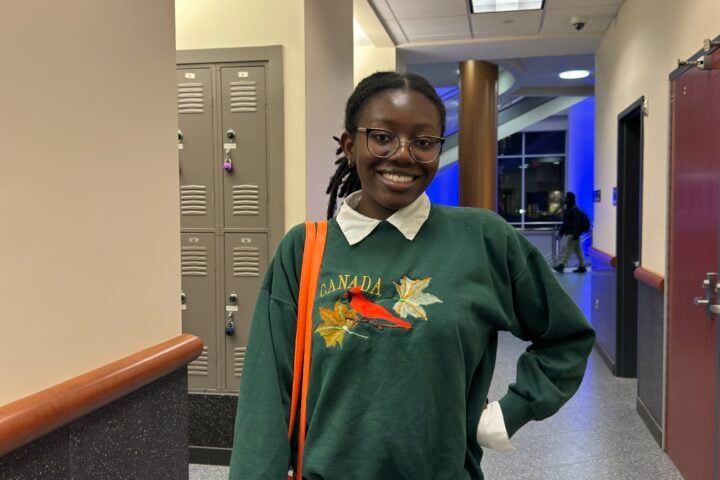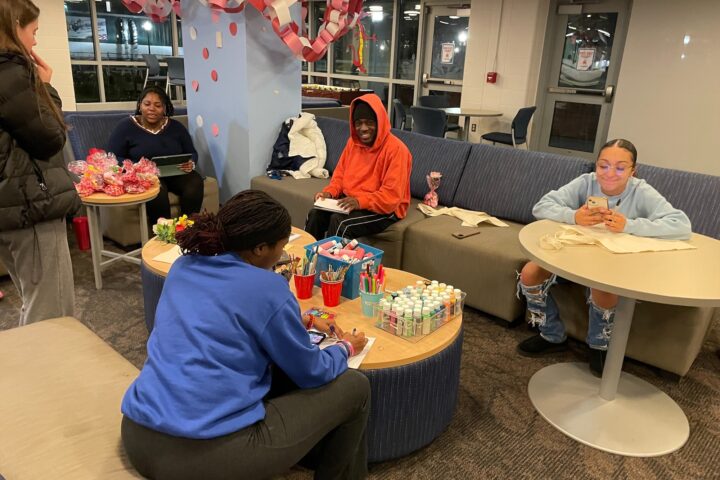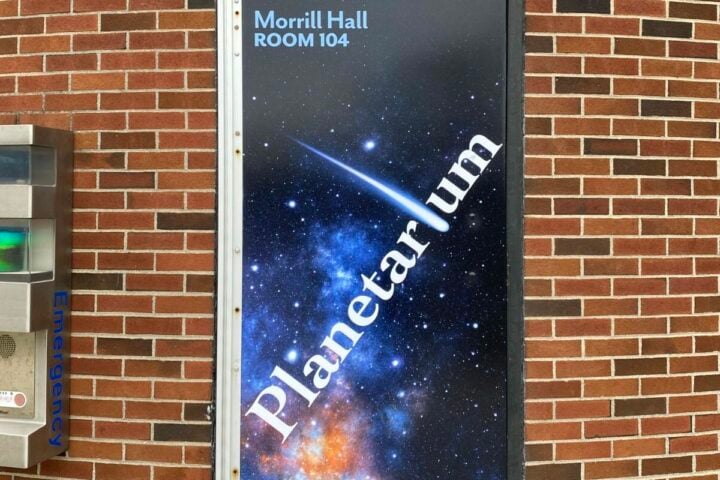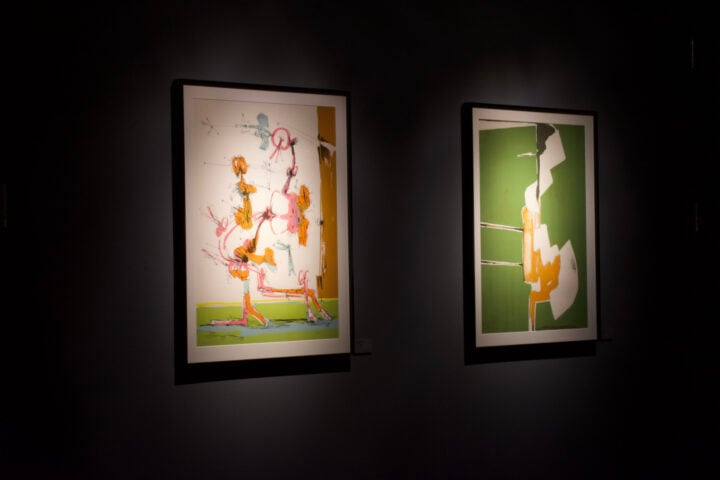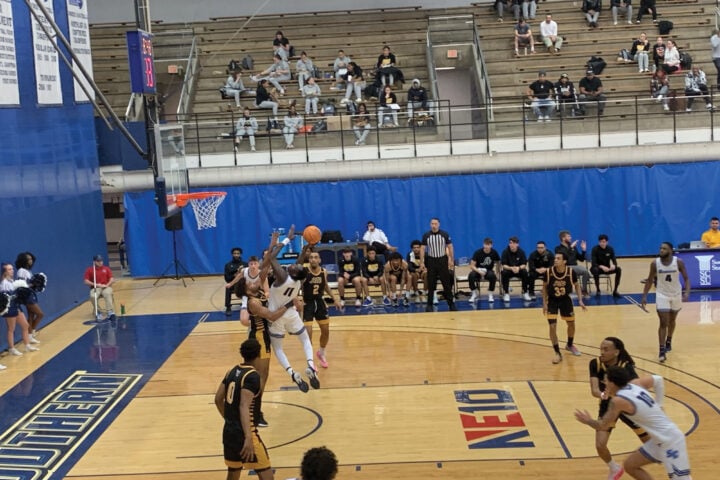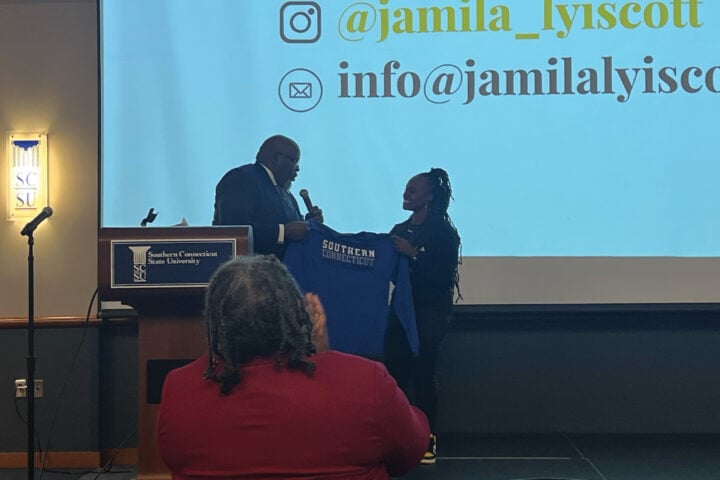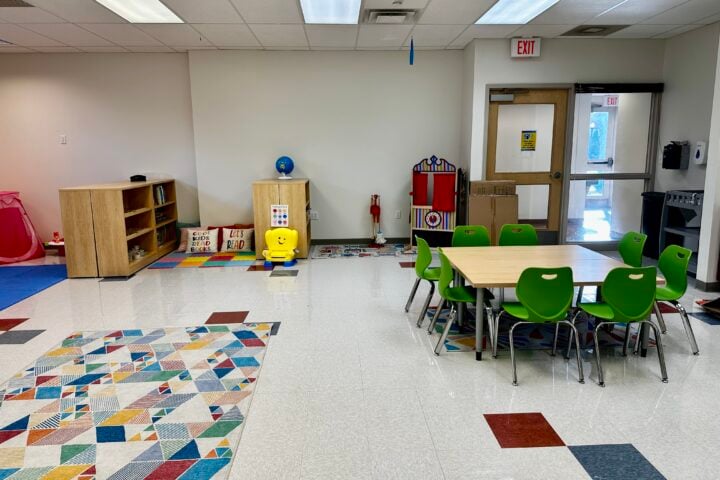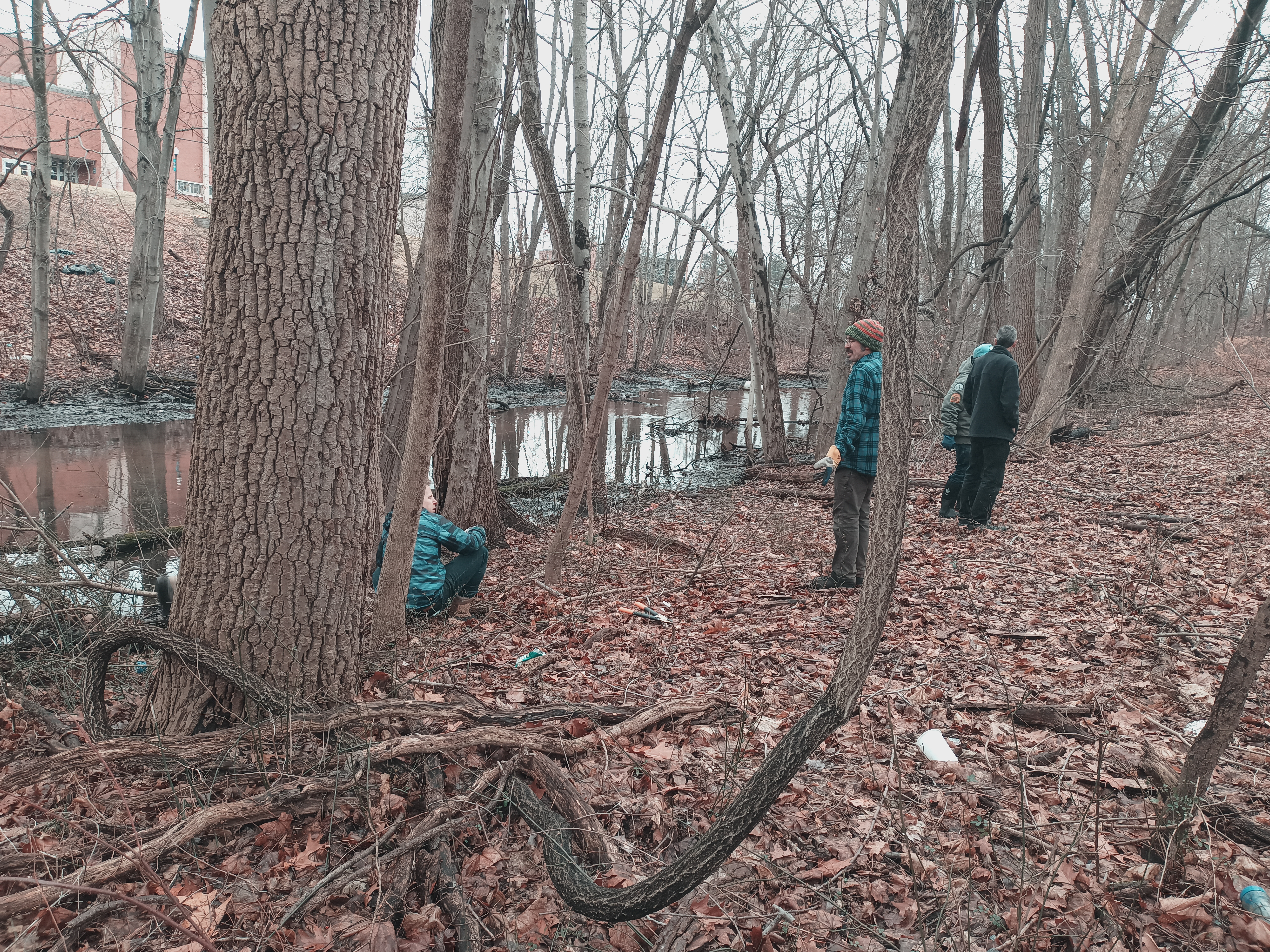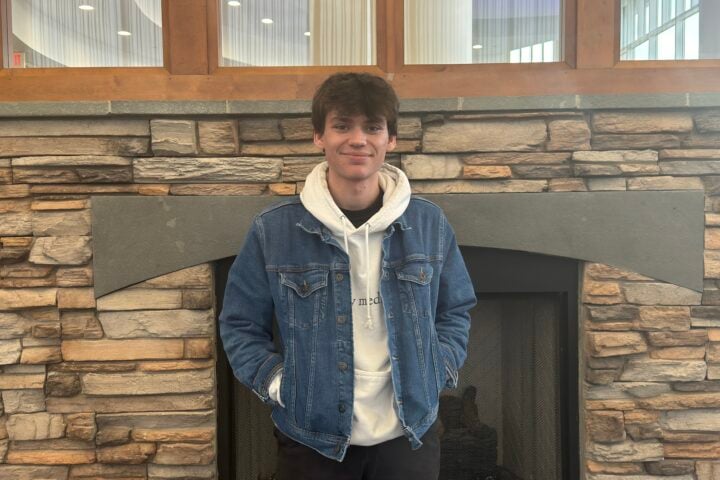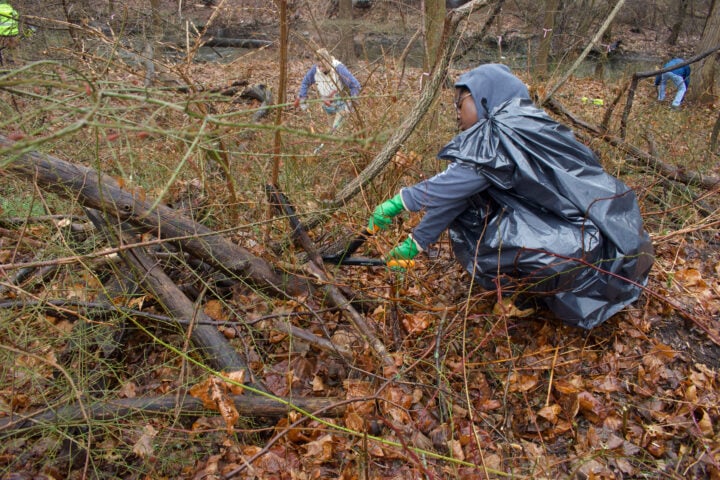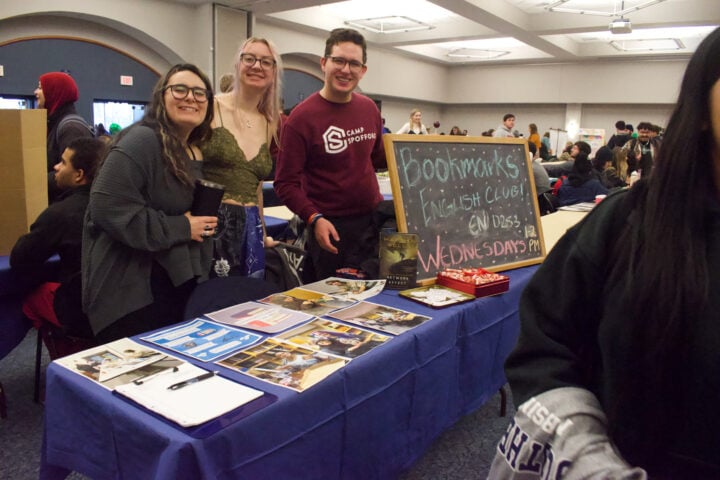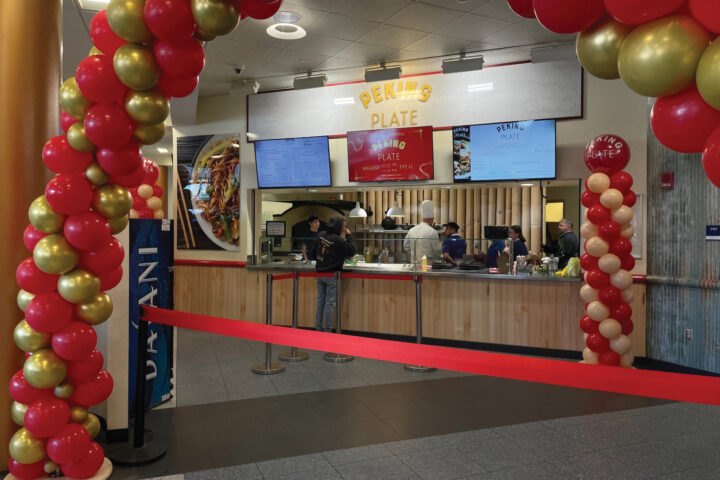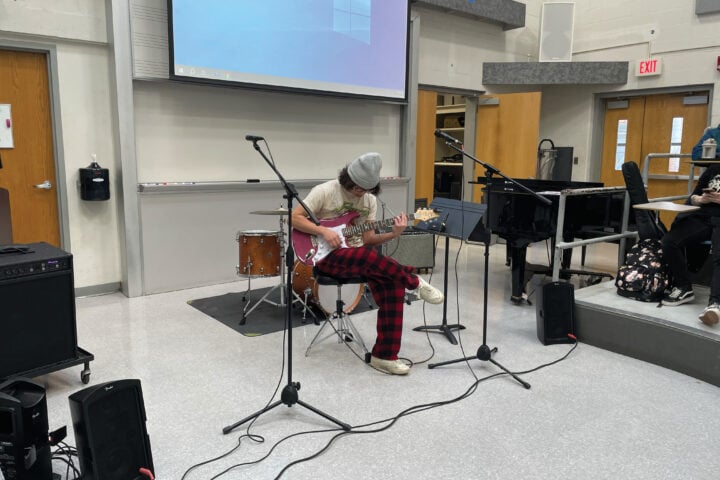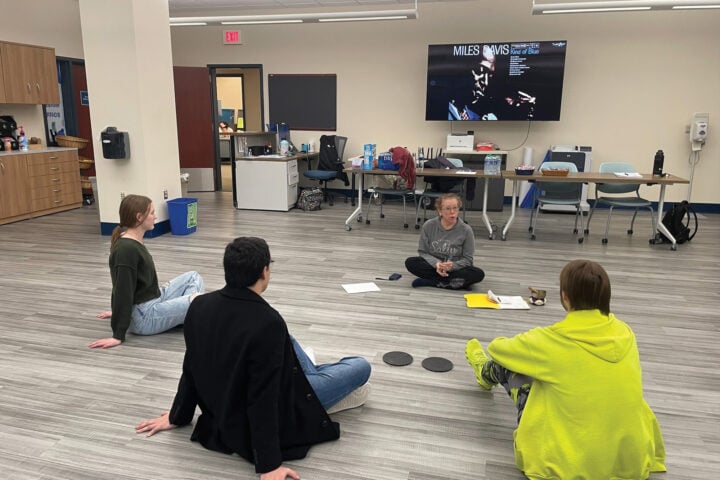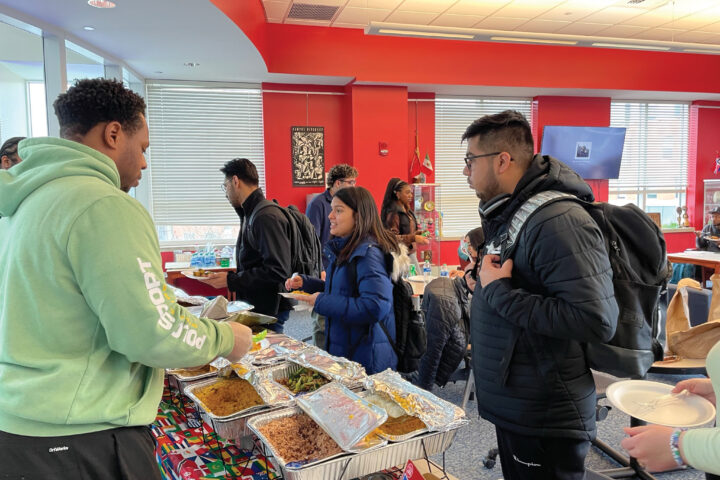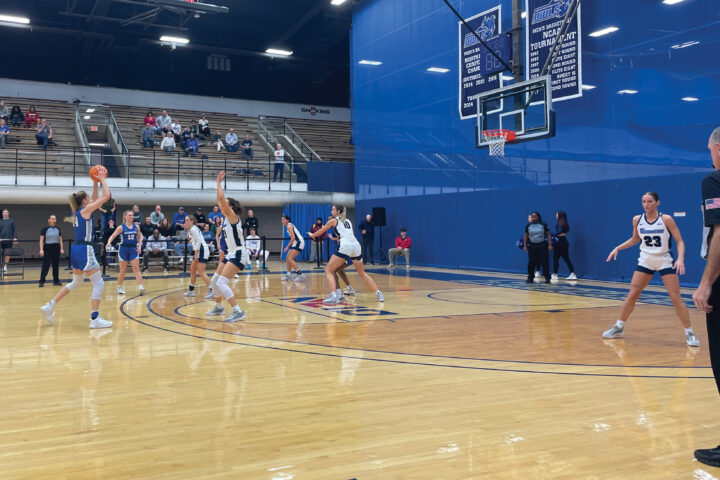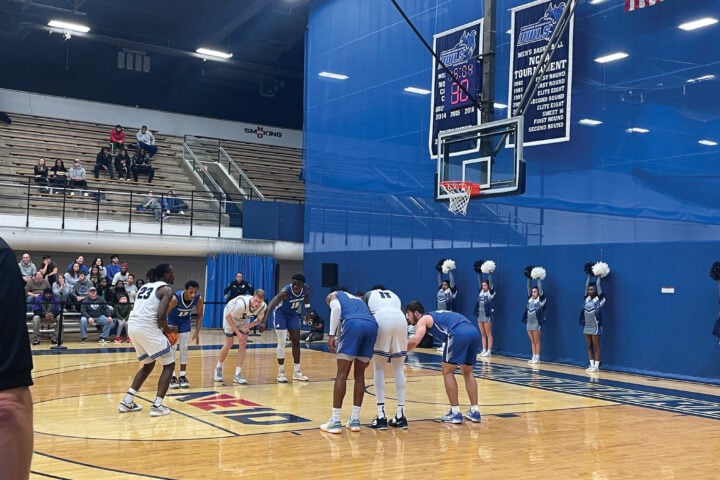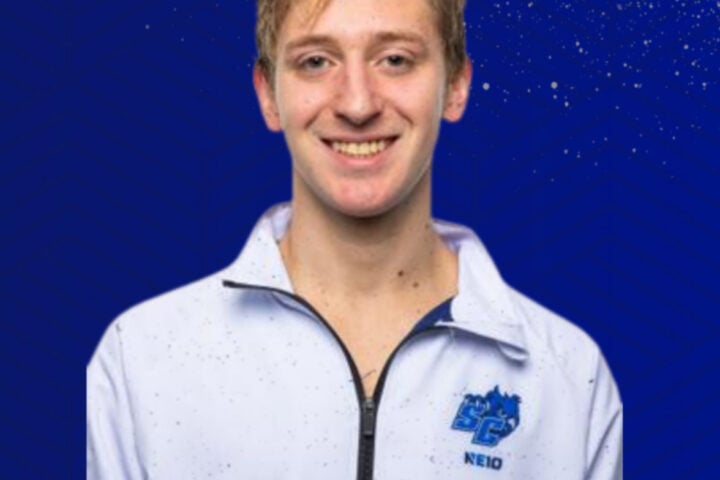Madeline S. Scharf – News Editor
Technology increasingly improves how students learn and grow. On Friday, Sept. 24, the Center for Excellent Children, or CEC, held an event highlighting some of the available technologies for assistive learning.
“CEC is a national organization. In 2022, it will celebrate its 100th anniversary. It’s been around for a while,” Elementary and special education major Catie Allen, a junior and co-president of the university’s CEC chapter said.
“They set the ground for special education in this country and made it what it is today. It focuses on outreach and helping students learn to be educators.”
According to the OwlConnect page for CEC, “We advocate, raise funds, foster awareness, and provide support for children with disabilities in our local, state and national communities.”
They also welcome a variety of people to join their organization.
“If you are looking for a place to make friends, help the community and get more experience[1]slash-knowledge about working with children with disabilities, CEC is the place for you,” said the mission statement of the organization.
The event’s main administrator was Dr. Lauren Tucker, an associate professor with the special education department who helps with outreach opportunities.
The range of assistive technologies and the university’s work is not limited to campus.
“In the graduate program, we have outside programs to collaborate with other organizations and make assistive technologies,” said Tucker.
Tucker brought a variety of virtual assistive learning technologies for students to explore.
They included devices like Osmo, a mirror screen over an iPad which recognizes physical letter tiles on a table. It can help students with math, literacy and spelling, depending on the program used. Tucker also shared iPad apps like “Bits Board,” which has interactive flashcards. “For student teaching, it is important to understand if your teaching was helpful or not,” said Tucker.
“These apps track the data, so you are able to know.”
Assistive technologies like this one may be helpful for students with learning disabilities.
When demonstrating Osmo, Tucker commented, “This one is good for students with attention difficulties, as it brings in the tactile, physical letters.”
But this technology may not just be helpful to those with learning disabilities. “It creates a learning journey,” said Tucker, “students can go on an adventure, like a game.”
“I have never seen this type of assistive technology,” said Allen.
The technology demonstrated during this program was not all the school had to offer.
Tucker explained the school also has access to devices such as TAPit, a portable smartboard, and Eye Gaze, which tracks the movement of the user’s eye so they can navigate screens, type and more.
This technology is available on campus for educators who wish to try out learning technologies with their students.
The CEC program is not just for educators, however.
“Last year, our [club] president was not an education major,” said Allen. “Anyone can come to this club.”
Allen, a transfer student, joined the club to engage in new things on campus. “I wanted to make friends with similar interests,” said Allen on joining the club.
“Everyone is welcome to join, you don’t have to be an education major.”





















